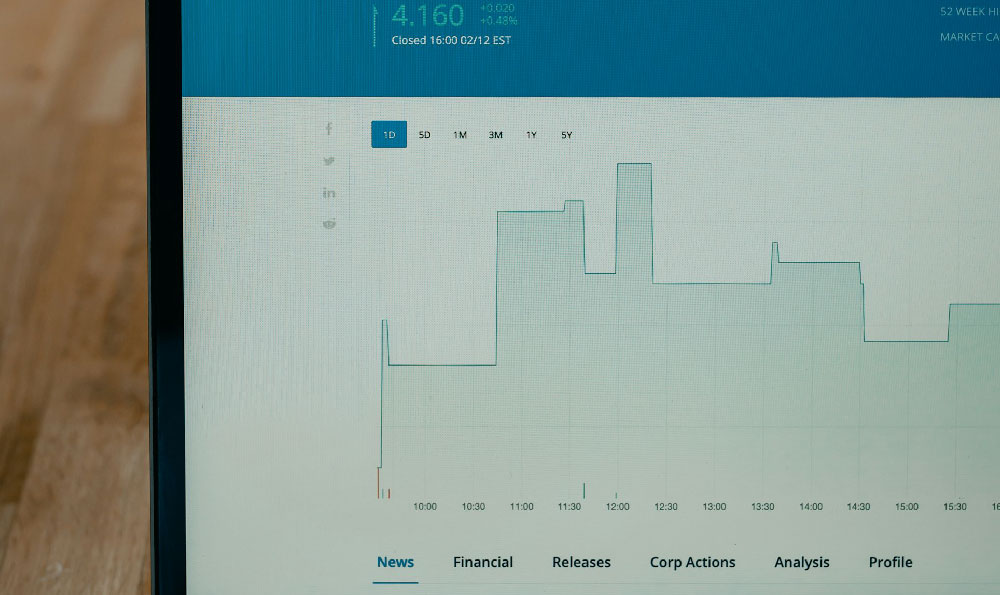Embarking on the journey of Roth IRA investing can feel like navigating a complex maze, but understanding the fundamentals and implementing a strategic approach can pave the way for a secure and prosperous retirement. A Roth IRA, at its core, is a retirement savings account that offers tax advantages, particularly in retirement. Unlike traditional IRAs, contributions to a Roth IRA are made with after-tax dollars, meaning you won't receive a tax deduction in the year you make the contribution. However, the real magic happens in retirement: your qualified withdrawals, including both contributions and earnings, are completely tax-free. This feature makes Roth IRAs particularly attractive to younger individuals who anticipate being in a higher tax bracket in retirement.
The initial step in Roth IRA investing involves determining your eligibility and contribution limits. The IRS sets annual contribution limits, which are subject to change. It's crucial to stay informed about these limits to avoid penalties for over-contributing. Furthermore, your ability to contribute to a Roth IRA is subject to income limitations. If your modified adjusted gross income exceeds a certain threshold, your contribution may be reduced or eliminated altogether. Carefully review the IRS guidelines to ensure you meet the eligibility requirements before making any contributions.
Once you've confirmed your eligibility and understand the contribution limits, the next pivotal step is opening a Roth IRA account. Numerous financial institutions offer Roth IRAs, including brokerage firms, banks, and credit unions. Each institution may have different fee structures, investment options, and account minimums, so it's essential to compare your options and choose a provider that aligns with your financial goals and preferences. Consider factors such as the range of investment options available, the ease of use of the platform, and the level of customer service provided. A brokerage firm typically offers a wider array of investment choices, including stocks, bonds, mutual funds, and ETFs, while banks may offer more limited options, such as certificates of deposit (CDs).

After opening your account, the real work begins: selecting the right investments. This is where a well-defined investment strategy becomes crucial. Your investment choices should be guided by your risk tolerance, time horizon, and financial goals. If you're young and have a long time horizon before retirement, you may be comfortable taking on more risk in pursuit of higher potential returns. This could involve investing a larger portion of your portfolio in stocks, which historically have outperformed other asset classes over the long term. However, stocks are also more volatile, so it's essential to be prepared for market fluctuations.
On the other hand, if you're closer to retirement or have a lower risk tolerance, you may prefer a more conservative approach. This could involve allocating a larger portion of your portfolio to bonds, which are generally less volatile than stocks. Bonds provide a steady stream of income and can help to cushion your portfolio during market downturns. A diversified portfolio that includes both stocks and bonds is often a prudent strategy, as it can help to balance risk and return.
Exchange-Traded Funds (ETFs) and mutual funds are popular investment vehicles for Roth IRAs. ETFs are baskets of securities that track a specific index, sector, or investment strategy. They offer diversification at a low cost and are traded on stock exchanges like individual stocks. Mutual funds are professionally managed investment vehicles that pool money from multiple investors to purchase a diversified portfolio of securities. They offer convenience and expertise but typically have higher expense ratios than ETFs.
Choosing the right ETFs or mutual funds requires careful research and consideration. Look for funds with low expense ratios, a proven track record, and a strategy that aligns with your investment objectives. Consider investing in index funds, which track a broad market index, such as the S&P 500. Index funds offer broad diversification at a low cost and are a good option for beginner investors.
Once you've selected your investments, it's crucial to rebalance your portfolio periodically. Rebalancing involves adjusting your asset allocation to maintain your desired risk profile. Over time, some assets may outperform others, causing your portfolio to drift away from its target allocation. Rebalancing involves selling some of the overperforming assets and buying more of the underperforming assets to bring your portfolio back into balance. This can help to reduce risk and improve long-term returns.
Dollar-cost averaging is another powerful strategy for Roth IRA investing. This involves investing a fixed amount of money at regular intervals, regardless of market conditions. This can help to reduce the risk of buying high and selling low, as you'll be buying more shares when prices are low and fewer shares when prices are high. Dollar-cost averaging is particularly beneficial for volatile investments like stocks.
Finally, it's crucial to stay informed and adapt your strategy as your circumstances change. The financial markets are constantly evolving, and your investment needs may change over time. Regularly review your portfolio and make adjustments as needed to ensure that you're on track to meet your retirement goals. Don't be afraid to seek professional advice from a financial advisor if you need help navigating the complexities of Roth IRA investing. A financial advisor can provide personalized guidance and help you to develop a comprehensive financial plan. Roth IRA investing is a marathon, not a sprint. By understanding the fundamentals, developing a strategic approach, and staying disciplined, you can harness the power of Roth IRAs to build a secure and prosperous retirement.












